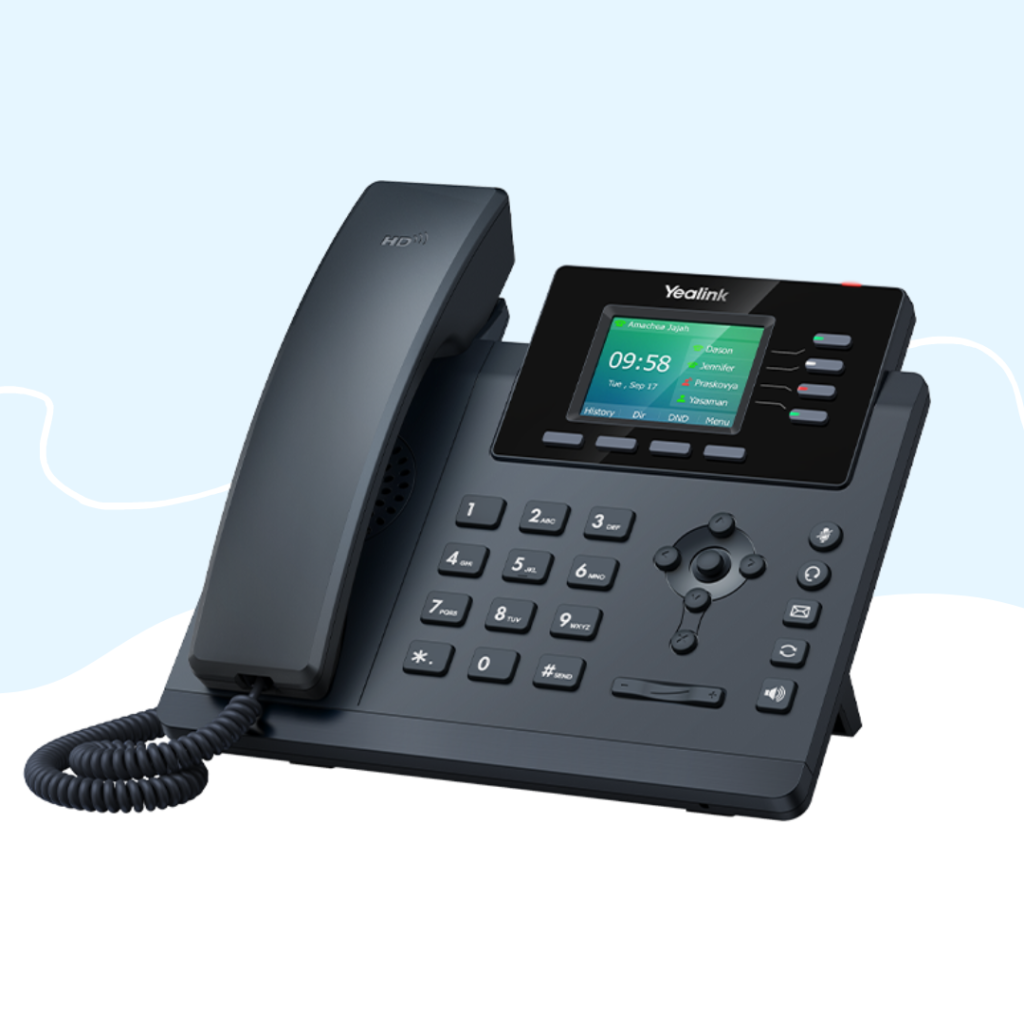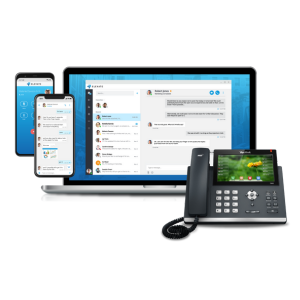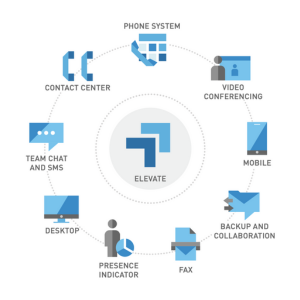
Introduction

The Dawn of Telephony
The story of the telephone begins with the iconic image of Alexander Graham Bell uttering the famous words, “Mr. Watson, come here, I want to see you.” This first call, made on March 10, 1876, sparked a revolution in communication. Initially, telephones were luxury items, owned by businesses and the affluent. They were connected by switchboard operators who manually connected calls using plug-in cords.

Rotary Phones and the Direct Dial System
By the 1920s, the rotary dial phone had become popular. This innovation allowed users to dial directly without an operator. The introduction of the rotary system marked a significant leap towards autonomous, user-driven communication. It’s fascinating to think that a simple turn of the dial could connect voices across cities and later, across continents.

Push-Button Phones and Digital Switching
The 1960s introduced push-button phones, which used tones rather than pulses, speeding up the dialing process. This era also saw the advent of digital switching technologies, which further streamlined call routing and expanded the capacities of phone systems.

Mobile Phones and the Cellular Revolution
Fast forward to the 1980s when Motorola introduced the first mobile phone. Although bulky and expensive, these early mobile phones laid the groundwork for the cellular revolution that would follow. By the late 1990s, cell phones had become smaller, more affordable, and a common accessory for many people worldwide.

The Internet Age and Smartphones
The turn of the millennium heralded the age of the internet and smartphones. These devices combined the functions of a phone, a camera, a web browser, and a personal assistant, all in one. Smartphones have fundamentally changed the way we communicate, offering instant access to information and each other.

The Era of Cloud Voice and DRP Elevate
Today, we are in the era of cloud voice technology, where services like DRP Elevate are transforming business communications. Cloud voice solutions offer flexible, scalable, and cost-effective alternatives to traditional telephony. They leverage the power of the internet to provide features such as virtual voicemail, video conferencing, and real-time collaboration, all without the need for physical infrastructures like wires and switchboards.

DRP Elevate, in particular, stands out by integrating these features seamlessly into business environments, ensuring that companies can maintain high levels of communication efficacy and resilience, even in challenging times. It represents the pinnacle of what modern telecommunication technology can achieve, emphasizing the importance of connectivity and adaptability in our increasingly digital world.
Conclusion
As we celebrate National Telephone Day, it’s remarkable to reflect on how far we’ve come from the days of Alexander Graham Bell’s first call. The evolution from rotary phones to modern cloud-based systems like DRP Elevate not only shows technological advancement but also underscores a shift in how we connect and communicate. It’s a testament to human ingenuity and a reminder of the continuous potential for innovation in how we connect with the world around us.
Ready to “elevate” your communication game? Discover the power of cloud voice with DRP Elevate and transform your business communication for the better—join us today!
